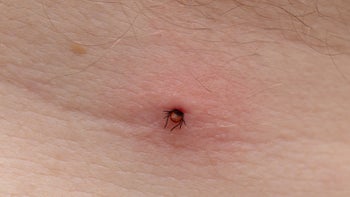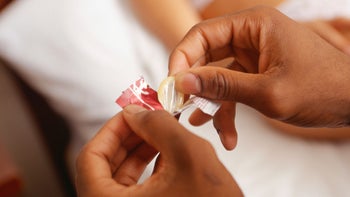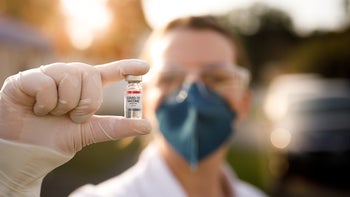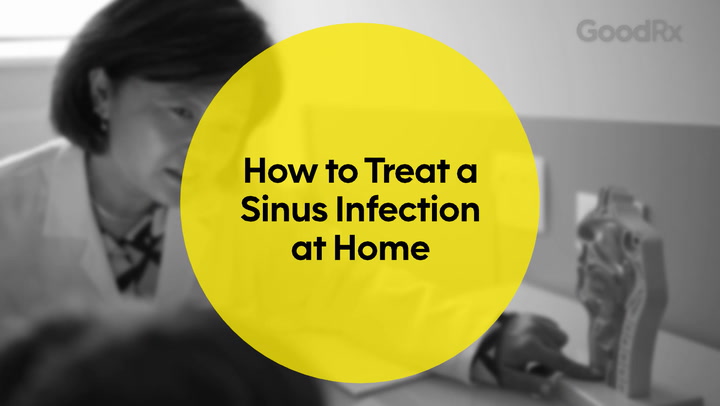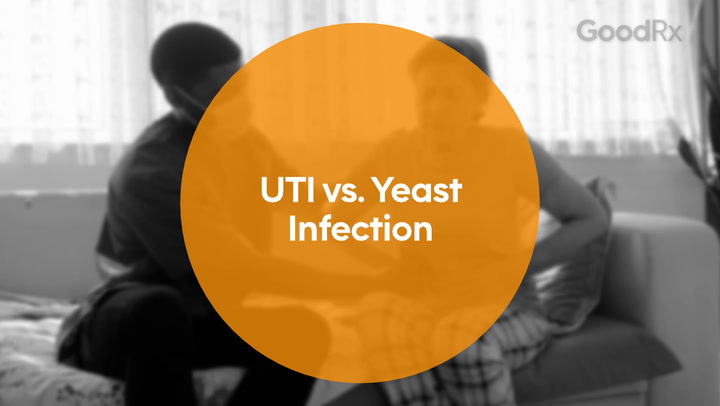
What You Need to Know About Toxic Shock Syndrome (TSS)
Key takeaways:
Toxic shock syndrome (TSS) is a serious illness that can be life-threatening.
Some bacteria release toxins, and those toxins cause TSS.
TSS needs to be treated in a hospital with intravenous (IV) antibiotics.
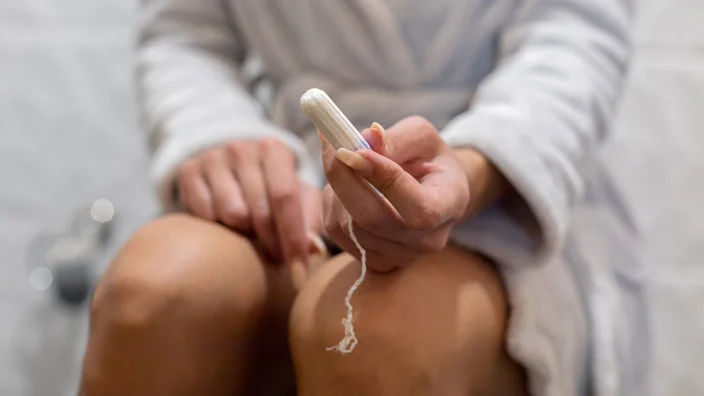
In the mid-1980s, young menstruating people started getting seriously ill, seemingly out of nowhere. The potentially life-threatening illness was toxic shock syndrome (TSS). Eventually, TSS was linked to tampon use, and certain brands were recalled. While the rates of TSS went down, people still get TSS today, and not just from tampons. Getting medical help right away can be lifesaving. Read on to learn about the signs of TSS and what to do if you think you could have TSS.
What is toxic shock syndrome?
TSS is a serious medical condition caused by toxins that are made by bacteria that live on our skin.
While we’re used to thinking of bacteria as dangerous, most bacteria that live on our bodies — our normal bacterial flora — are actually helpful. Normal flora don’t typically cause any problems, and they play important roles in digestion and our immune system. The problem with normal flora is that, sometimes, these bacteria move to a part of the body where they don’t belong. When this happens, these bacteria can cause serious illness, like TSS.
Causes of toxic shock syndrome
TSS happens when skin bacteria get into your bloodstream. Skin bacteria can get into the bloodstream through breaks in the skin, such as those caused by:
Cuts, scrapes, and abrasions
Open sores from illnesses like chickenpox
Burns
Wounds from surgery
Once the bacteria get into the bloodstream, they release a toxin that attacks the body. It’s the toxin that causes TSS. Staphylococcus and Streptococcus are two types of bacteria that live on skin and can release toxins that cause TSS. Another bacteria that can cause TSS is Clostridium sordellii, which is a bacteria that lives in the vagina. TSS from clostridium usually happens as a complication after childbirth or gynecologic surgery.
Read more like this
Explore these related articles, suggested for readers like you.
Sometimes TSS caused by Streptococcus and Clostridium is called toxic shock-like syndrome (TSLS) to separate it from TSS caused by Staphylococcus. Both TSS and TSLS cause similar symptoms and need the same treatment.
How does a tampon cause toxic shock syndrome?
It may seem strange but skin bacteria can get into someone’s bloodstream through tampon use. When you insert a tampon, the bacteria that normally live on your hands and skin can get onto the tampon. Tampons stick to the walls of the vagina, and when the tampon is pulled out, they cause microscopic abrasions. While these abrasions are too small to cause bleeding, they’re still big enough for bacteria to pass into the bloodstream.
The longer a tampon remains in place, the more time bacteria have to reproduce. That’s why in the past, many cases of TSS were caused by highly absorbent tampons, which often stayed in place for long periods of time.
Other menstrual products
Tampons are a popular menstrual product, so there’s a lot more research available about their role in TSS. But other menstrual products that are designed to stay in place for long periods of time can cause TSS. Menstrual sponges are growing in popularity, but as early as the 1980s the FDA released a warning about the risk of TSS from menstrual sponge use. There are also reports of TSS related to menstrual cups. More information will be available about menstrual sponges and cups as time goes on. At this point, we know it’s possible to get TSS from these products.
What are toxic shock syndrome symptoms?
People who develop TSS always have a high fever that starts suddenly. This is usually the first sign of TSS. Here are some other symptoms to look out for:
Flu-like symptoms such as body aches or fatigue
Sudden skin redness that looks like sunburn
Nausea, vomiting, or diarrhea
Headaches
Sore throat
Cough
Redness of eyes, lips, tongue, and throat
Dizziness or lightheadedness
What are the complications of toxic shock syndrome?
TSS is a potentially life-threatening condition because it can cause serious complications very quickly, often as soon as 24 to 48 hours after a fever starts. Complications of TSS may include:
Severely low blood pressure: The toxin that causes TSS damages blood vessels and causes a dangerous drop in blood pressure, which can lead to damage in the brain, heart, lungs, kidney, and liver.
Problems with blood clotting: People with TSS can develop problems with blood clotting, which can cause internal and external bleeding.
Septic shock: TSS can also be associated with septic shock, which can lead to heart and lung failure.
How is toxic shock syndrome diagnosed?
TSS is a clinical diagnosis, so to get to a diagnosis, healthcare providers piece together the symptoms you report and the features they observe. There are also certain criteria for TSS, including:
Fever greater than 102 degrees F
Widespread sunburn-like rash
Peeling of the rash
Drop in blood pressure
Problems with one or more organ function
Healthcare providers may also take samples of a person’s blood, spinal fluid, or discharge from a wound. If these samples grow bacteria known to cause TSS, it helps confirm the TSS diagnosis.
Is toxic shock syndrome treatable?
TSS is treatable, but because it’s potentially life-threatening, treatment in a hospital is necessary. Treatment includes:
Removal of tampons, wound packing, or surgical dressings
Antibiotics given through an IV
Medications to help increase blood pressure and improve blood flow to organs
IV fluids
Oxygen
Dialysis if the kidneys are affected
How can I prevent toxic shock syndrome?
For menstruating people who use tampons, TSS can be scary. The good news is that there are simple steps you can take when using menstrual products to reduce your risk of this rare but serious condition:
Change your tampons every 4 to 6 hours
Wash your hands before inserting and after removing tampons
Only unwrap a tampon if you plan to use it immediately
Consider sanitary pads for overnight use
If you’ve recently had surgery and have a surgical wound, make sure to keep your dressing or packing clean and dry. Change your dressing or packing as instructed by your healthcare team. Call your healthcare provider if your wound looks red, swollen, if there’s drainage, or if you have a fever or pain at the wound site.
TSS can also happen if someone has an injury to the skin like burns, skin infections, or viral illnesses that cause open wounds. Keep these areas clean and covered. Call your healthcare provider if you have a fever or increasing redness, swelling, discharge, or pain at the wound.
Without treatment, TSS can be fatal as much as 50% of the time. If you’re at risk for TSS and you develop a fever and rash, you should seek medical care immediately.
The bottom line
Toxic shock syndrome is a serious illness. It’s caused by toxins that release bacteria. TSS is often related to tampon use. But it can also happen when people have surgical wounds, burns, skin infections, or after childbirth. Sudden high fever and a sunburn-like rash are the first signs of TSS.
Why trust our experts?


References
Aldape, M. J., et al. (2006). Clostridium sordellii infection: Epidemiology, clinical findings, and current perspectives on diagnosis and treatment. Clinical Infectious Diseases.
BetterHealth Channel. (2014). Toxic shock syndrome (TSS). The Victorian Government.
Broome, C. V. (1989). Epidemiology of toxic shock syndrome in the United States: Overview. Reviews of Infectious Diseases.
Centers for Disease Control and Prevention. (2020). Streptococcal toxic shock syndrome: All you need to know.
Davis, C. P. (1996). Chapter 6 normal flora. Medical Microbiology, 4th edition.
El Soufi, H., et al. (2021). Toxic shock syndrome associated with menstrual cup use. IDCases.
Guirgis, F., et al. (2018). Points & pearls: Updates and controversies in the early management of sepsis and septic shock. Emergency Medicine Practice.
Hajjeh, R. A., et al. (1999). Toxic shock syndrome in the United States: Surveillance update, 1979–1996. Emerging Infectious Diseases.
Ross, A., et al. (2021). Toxic shock syndrome. StatPearls.
U.S. Food and Drug Administration. (2018). CPG sec. 345.300 menstrual sponges.
van Eijk, A. M., et al. (2019). Menstrual cup use, leakage, acceptability, safety, and availability: A systematic review and meta-analysis. The Lancet. Public Health.






